
31.10.2016
Natalia Valencia looks at François Bucher’s recent work and its relation to anthropological research and technology.
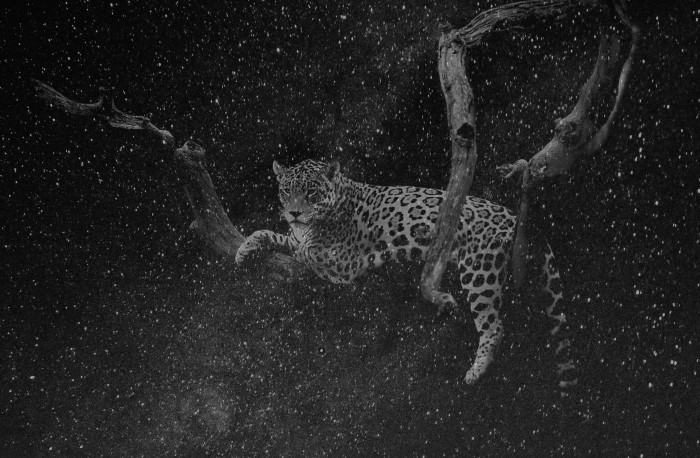
“It seems that the images produced nowadays by our radio telescopes are as much a cosmological metaphor as were the birth of the Gods in mythological tales. Our own precision science, with its giant radio telescopes and monster computers is likewise also unable to show us what it is witnessing in the sky. These new radio telescopes can only show us what they heard and saw by way of their own theater of artificial color-coded images, catered pedagogically for our human perceptual apparatus. So in a sense those images are yet another story, another mythology fabricated in order to hint at something that is essentially incomprehensible.”
—François Bucher
Interest in the unfathomable plane of human existence is one of the themes that has most distinguished François Bucher’s work over the course of nearly a decade. Speaking of that which is as omnipresent and true as it is impossible to articulate is clearly a thorny road to travel, but contemporary art’s malleable language offers a fertile approach to that search. What metaphors do we use to refer to the incommensurate? Bucher looks at communication protocols between the human and the non-human that function at a level he calls “interdimensional” to identify a sort of cosmological code that attests to a singular, irrevocable truth in the universe. The idea of the code and the technological metaphor is essential to understanding the process of a mestizo Western artist intent on interpreting and translating the knowledge forms he enters into contact with but that lie outside Western ontologies. Because of their rationality, science’s systems and languages—to a certain point—conveniently adjust to this attempt at translation.
In a recent text produced in the context of HWK’s Anthropocene Campus in Berlin, on the research he has carried out for some years in the Santa Marta Sierra Nevada’s indigenous Kogi region, on Colombia’s Atlantic coast, Bucher makes reference to a “maintenance” practice the Kogis operate at a “hyper-dimensional” level once a year, at Bogotá’s Museo Nacional. The museum holds a mummy from the Kogi culture that ought to be in Kogi custody, in Kogi territory and by no means in a permanent exhibition in a museum. As part of this ritual—which the institution sponsors and sanctions—two perspectives on history and material culture are placed into confrontation: the Western gaze, that focuses on conserving the physical presence of the displayed artifact, and the indigenous perspective that restores the energy-related communication of the artifact—which is not considered an artifact—to an immaterial level, in conjunction with its territory of origin and the information that flows between them. Bucher also speaks of other artifacts from the civilizations of la Sierra called tumas, that act as energy connectors to elements from the Sierra, its systems and its inhabitants. He understands these objects as devices from a technology that serves to keep “the code of the Sierra” stable and vital—and the reason why tumas that archaeologists steal or that are displaced bring on instability in their territory of origin. He speaks of his conversations with El Mamo Román, of the Sierra’s Wiwa tribe, who insisted on the importance of tumas currently held captive in European ethnographic museums being returned to the Sierra. Simply put, their forced removal has led to multiple ecological disruptions. The physical manifestation of such instability is visible; the indigenous language that describes it is not metaphorical and is the expression of something we can understand as hard, non-Western science. In his text, Bucher interprets the Sierra’s physical and metaphysical ecology according to concepts that come from interdisciplinary humanities and artistic research that have led to projects like the Anthropocene Campus at Berlin’s Haus der Kulturen der Welt.
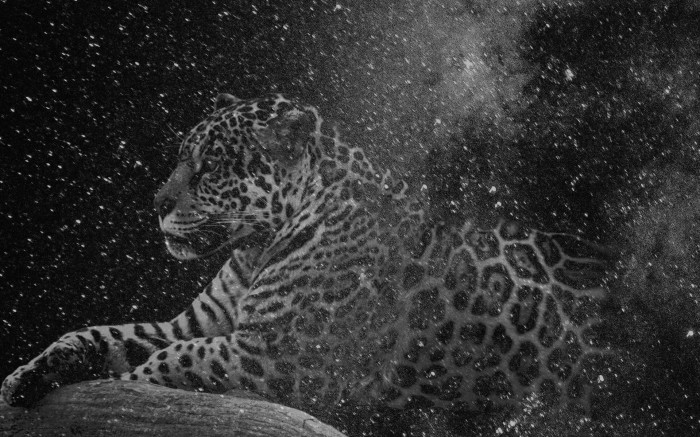
“The whole of the Sierra Nevada is a living body whose organs need to be nurtured for it to remain healthy and alive. The human being has the responsibility to rewrite the code that re-generates the plant world, animal world, and the water world since indiscriminate use, without deep-seated replenishment, would lead to disaster.
“The responsibility is great, considering that the peoples of La Sierra understand that if they fail to address the constellation of forces that are at play each time that the human being – the supreme predator – intervenes in the scene, mankind will not survive. But here is the crucial part that should be understood: they conceive of this disaster in what we will call here holographic terms, where the whole is in each of its parts. So in the Kogi, Arhuaco, Wiwa, Kankuamo understanding of the world – as it has flowed down to them in the stream of oral tradition –, the day that the metabolism of La Sierra fails, that day will also mean apocalypse for the entire planet. It is a big lesson to us, that to take care of one’s own minuscule dwelling site is a matter of life and death to the species. The idea of a new Geological Era called Anthropocene would probably feel like a great conceptual delusion to these tribes, since they were always already in that Era —pagamento being the active expression of this idea. They were also always already in conversation with a technosphere[1] of sorts, since La Sierra itself is a kind of máquina. And they would always have understood—through the powerhouse of their mythological matrix—that La Sierra is the very heart of the world, and that every other Sierra is as well, when it gets activated as such. This mythological matrix has the beginning and the end of the Universe on the same table, at all times. These peoples would also have understood that we are all on the edge of a catastrophe that wipes out all of life on earth, if we don’t re-learn how to partake in a co-writing of the code that makes the wind blow and the rain fall.”
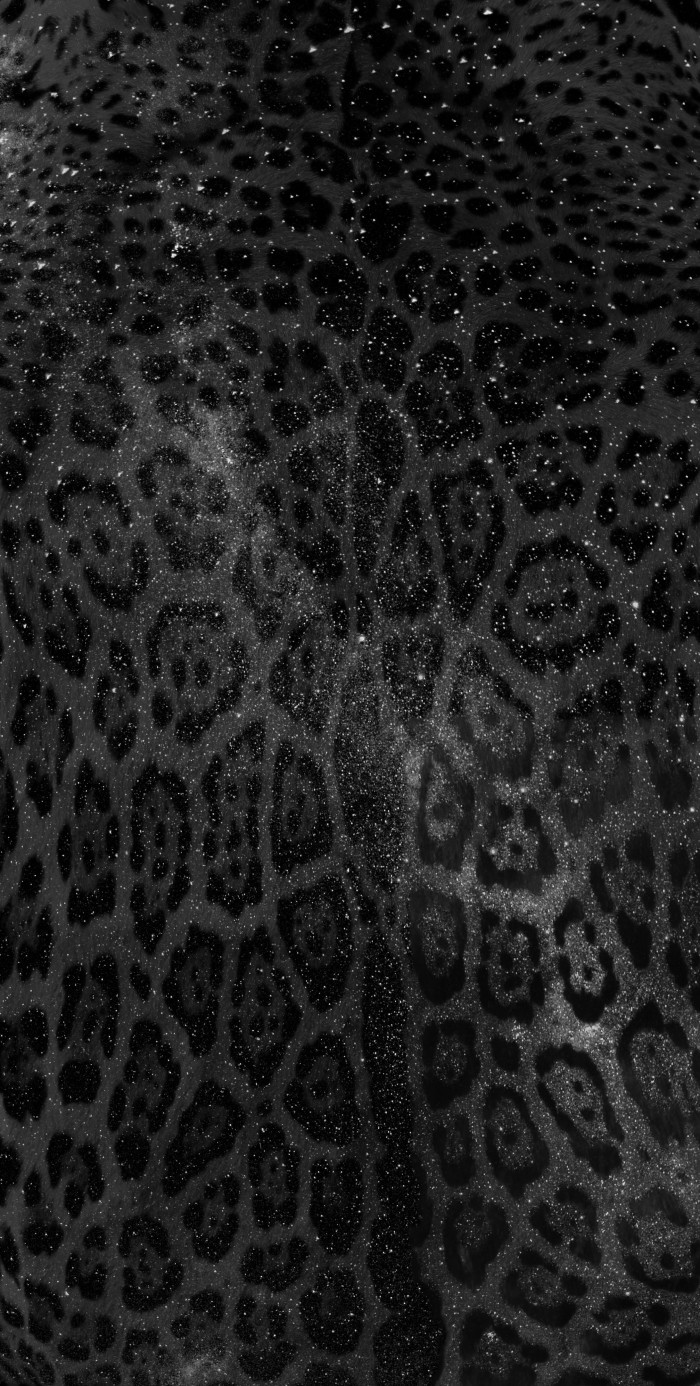
Using scientific language as a metaphor to apprehend these forms of non-Western knowledge is as useful as it is odd, since it is the same epistemology that—in its colonial and modern evolution—helped invalidate or silence that knowledge. Additionally, technology is very far from being politically impartial. On the other hand—as Canadian and Métis-nation anthropologist Zoe Todd has noted—appropriation on the part of the Eurocentric academy, with its recent “ontological turn” of ancient indigenous conceptions regarding the ecology and planetary life, where nature and culture are not divided and in which there is a recognition that the “more-than-human,” climate and its living systems, are endowed with agency and sentience,[2] is still problematic and colonialist. Situating the historical specificity of every indigenous context and the–many times adverse–political circumstances with which their knowledge and traditional lifestyles are related is essential to preventing that the translation of that knowledge not signify an imbalance of power. In this case, art is a structure within which “ethnographic” observation is but a mere starting point. As Bucher states, his search has to do with understanding a profound level of existence, of “the cosmic order, which is inserted in everything.” For Bucher, this process is a sort of cognitive reconfiguration and a re-alignment of perception, an outcome of the evolution of an artistic, psychic and personal process that no longer focuses on analyzing image-mediation in contemporary society so it can instead take up questions regarding reality’s very nature from the multi perspectival point of an expanded perceptive body.
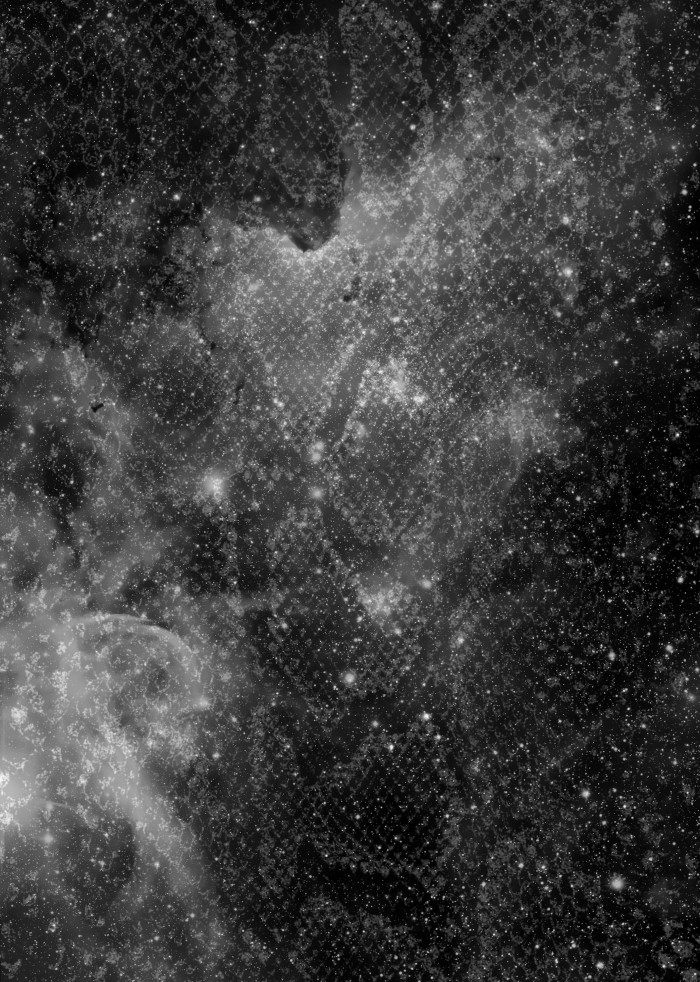
“The old metaphor about the Universe (or about God) as a “sphere whose center is everywhere and whose circumference is nowhere” retains its full power in my consciousness; I am marked at every level by it; I relate it to my recent work with animal patterns. In the series that goes by the name “May the mystery written in the tigers die with me” I superimpose python skins on images of the Milky Way, or jaguar hides, on top of constellations. The series has to do with experiences that I have had, for example in the Sacred Valley of Cuzco, some years ago. I perceived a fractal order throughout the celestial dome, two times in one night. The fractal dome had a tunnel in its center. So the fact of Cuzco being named “navel of the earth”, by the Incas, became something literal to me. I understood the navel was not just some metaphor, in the way we understand metaphors. The ongoing understanding I have had, based on contact with the world of indigenous knowledge, is that there is always something very literal at work, and when one surrenders to it, then the knowledge starts coming through. The way a Western mentality understands a symbol is akin to the relationship of a telephone number to its subscriber. The symbol in the shamanic worldview, on the other hand, is a lived experience of an order I call hyper-dimensional—ruled by a sort of hyper-biology that surrounds us but that we can barely discern from our exile in civil life. A Shipibo embroidery, for example is a translation of what was perceived in the cosmos: an immaterial order that only exists in its reflections. The industrialized society is trapped in a materialist, three-dimensional space, and the atrophy of our other senses is immense. There are other dimensions, that is the simple point, and our bodies are outfitted to perceive them. But not at this point in our evolution (or involution), not when our perceptual capacity has gone into a shut down. If we were to perceive the alternative realms, if we were to experience other levels of information from the plant world or the animal world, obviously we’d change our attitudes when it came to our planet, its plants and its animals. That’s what it’s about, he obvious fact that we are part of an extensive and inextinguishable metabolism.” Bucher speaks of representations of the cosmological order as narrative since they allude to the ineffable. “The absolute Other always requires a narration, an image or a mediation; it needs what we may call ars—art—to incarnate. There is something that can only be perceived through its reflections, something that is always incarnating, that can never be seen head-on. The truth of the universe is always being embodied in some way.”
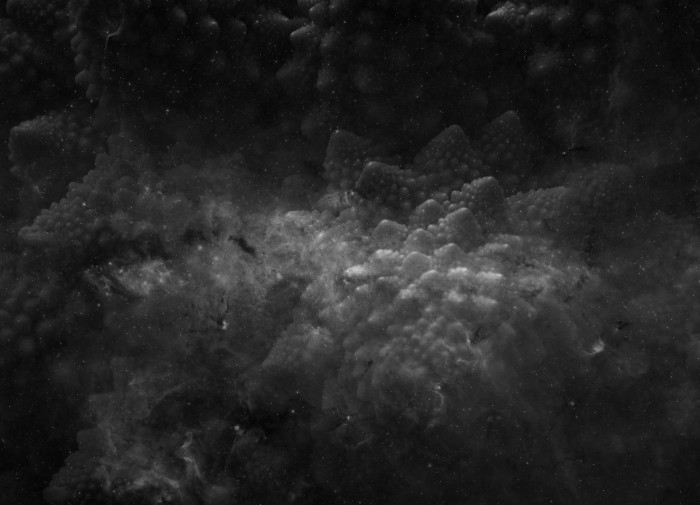
What immanent truth of the universe are we able to perceive at a historic moment of transition, when technology permeates our urban lives, with planetary computation, surrounded by the “internet of things;” where we are permanently monitored and potentially assaulted by the machine that evolves into a complex form of intelligence? How is this truth made manifest through technology? How do we understand it from the perspective of our cognition in permanent transformation? Might This Absolute Other or radical otherness be recognized through the technological singularity that is set to absorb the planet in the near future? One way of understanding possible changes to consciousness that may occur on the planet after we breach the “event horizon” or the point of no return, when it comes to human existence’s computerization, is teleological. It sees the change as an expansion that “was meant to be” and that has a purpose; that will establish an order amid the chaos of the universe. Bucher relates this way of seeing the future to a “de-Westernization” process within his spiritual quest. “Something may happen to a person, something that doesn’t match one’s own theories about the world, nor one’s intellectual persona. It’s something that takes place at the level of experience. And then you have this irreconcilable problem with your Western contemporaneity, with its raison d’être, with the axioms that it is all based upon, with your own sense of reason; and there is no turning back. It is not a written metaphor—it’s a metaphor that inhabits you. As it inhabits you, the metaphor’s truth touches you, speaks to you. And of course you cannot come back shouting that you have witnessed an eternal singular truth beyond appearances (you do fall into this trap over and again, even as you see it coming). But the truth is that somehow you’ve ended up marked, tattooed by a living metaphor. The experience that led you there cannot be relativized anymore. One day you finally make peace, and accept a literal reality where Taita Fernando – the wisest shaman from the lower Putumayo – could really turn himself into a jaguar… and from there on you know you have one foot in the jungle.
NOTES
[1] Peter Haff’s neologism signifying a “quasi-autonomous system whose dynamics constrain its human components’ behavior.” [N.B.: Translator’s rendition of Valencia’s Spanish-language citation.]
[2] https://umaincertaantropologia.org/2014/10/26/an-indigenous-feminists-take-on-the-ontological-turn-ontology-is-just-another-word-for-colonialism-urbane-adventurer-amiskwaci/
Comments
There are no coments available.